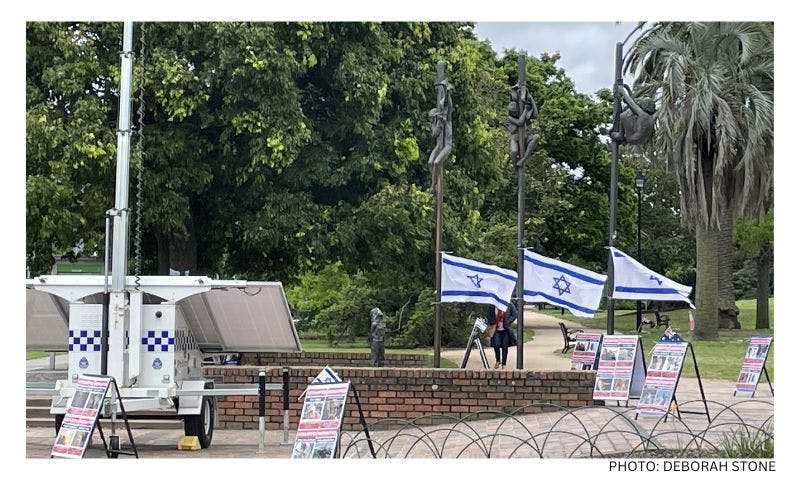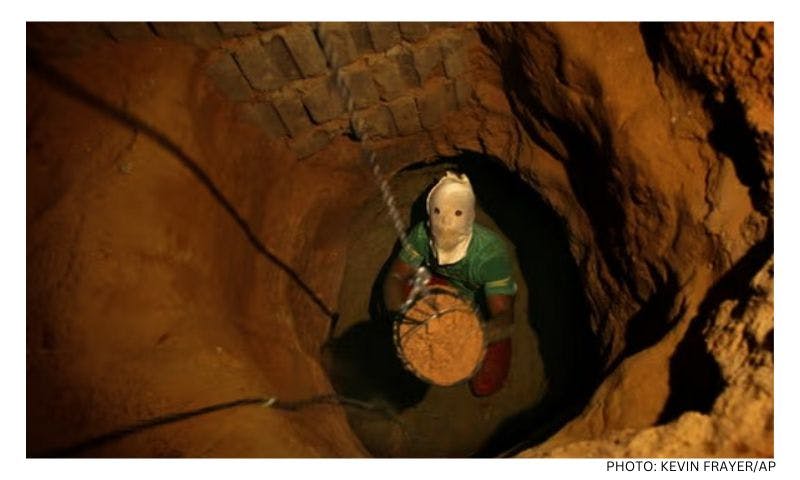Published: 16 September 2021
Last updated: 4 March 2024
RACHEL AZARIA: The push to exclude women from the public sphere in Israel, driven by conservative religious forces, must be confronted head-on
Equality for women is a revolutionary idea that defines a watershed divide between liberal and conservative positions. It is one of the values that all liberals can agree on. As a result, when it comes to social change in Israel, and surely in the struggle between religion and state, the issue of gender equity is a change agent, where women are at the forefront.
In recent years, one of the most challenging struggles for social change in Israel has been the exclusion of women. This battle encompasses the tension between pluralism and conservative values, between the Jewish and democratic character of Israel. Therefore, it remains a flagship of the struggles for social change.
I was exposed to this issue 12 years ago during my campaign for election to Jerusalem’s City Council. Like all candidates, my party wanted to publicise photos of our candidates in banners posted on buses. To our surprise, we discovered the banners could not include photographs of women.
I couldn’t believe this could happen in Israel. My party decided to bring the story to the attention of the media and then, with the help of the Israel Religious Action Center (IRAC), to appeal to the Supreme Court. During the court hearings the judges asked the representatives of the bus company why they would not post my picture. The representatives said they feared the buses would be vandalized or set on fire.
The judges ruled that a bus company must not make decisions that impact on the character of Jerusalem’s public sphere. If there was a danger to the buses, the police should take action. My pictures went on the buses and we felt victorious. On the same day of the court decision, I was elected to the City Council of Jerusalem.
Exclusion of women was a new reality that was spreading rapidly, seen only from the 2000s. Nothing of this nature had existed in Israel before.
The story could end there, but I was troubled by this issue. I wondered how such a decision could have been taken without public debate, and since when have women been delegitimized in the public sphere. The issue was not only manifested on bus banners. We later discovered there were certain bus lines that required women to sit at the back of the bus.
Then, more such exclusions were added: banks that defined their working hours according to gender, separate job fairs for women and men, clinics with separate entrances for men and women, even restrictions on pavements. Separation and exclusion were everywhere.
We saw there was a need for a major public fight. Exclusion of women was a new reality that was spreading rapidly. These new expressions were seen only from the 2000s, nothing of this nature had existed in Israel before.
Over the next four years my council colleagues and I continued to appeal to the Supreme Court. At some point, the mayor, Nir Barkat, kicked me out of his coalition. Together with social change organisations, we created a continuous grassroots campaign, with demonstrations and protests. When the campaign became national, Haredi (the Ultra-Orthodox) women joined as well.
At the end, and with pressure from then US secretary of state Hillary Clinton, the Israeli legislature decided to act. The Knesset appointed a special committee and formulated new policies that defined exclusion of women as violating the law.
At that point we no longer needed the support of the Supreme Court. We were convinced that we had won. We were sure this pattern would not reappear. However, the proponents of exclusion had other plans.
Exclusion returned, and this time it appeared in gender separation in higher education and in cultural events. There were many cases of pictures of women being ripped from public signs, in Jerusalem and in other places.
The peak was when I was a member of the Knesset. A proposal by the Orthodox parties was submitted to allow such exclusion based on the argument with a misleading name of “multiculturalism”. It took many efforts by female members of Knesset together with the Ministry of Justice to quash this proposed bill.
Why is this issue still haunting us? The answer is that at the foundation of society there is a deep tension between liberal and conservative approaches. It is not about comfort and utility, rather it is a debate about a basic value and on the meaning of multiculturalism. As we were pushing forward, we recognised that this was not about being considerate of the Haredi sector. It was not about sensitivity to others.
Any kind of “sensitivity” that involves exclusion of women harms all women. Any kind of exclusion sends out a statement that women are not legitimate in the public sphere. This battle is not about being considerate or sensitive to others; it is a deeper case regarding the status of women in the public sphere.
The debate enabled us to counter the multicultural argument and bring the pluralistic community to rally around a clearly defined value. The campaign against exclusion of women enabled a process that would place equality of women at the centre of public debate.
Exclusion of women cannot be tolerated in order to accommodate a competing value. This is a direct threat to the ability of diverse groups to exist together in one society. The campaign against exclusion of women made a big contribution to the capacity of Israel to function as a Jewish and democratic state.




